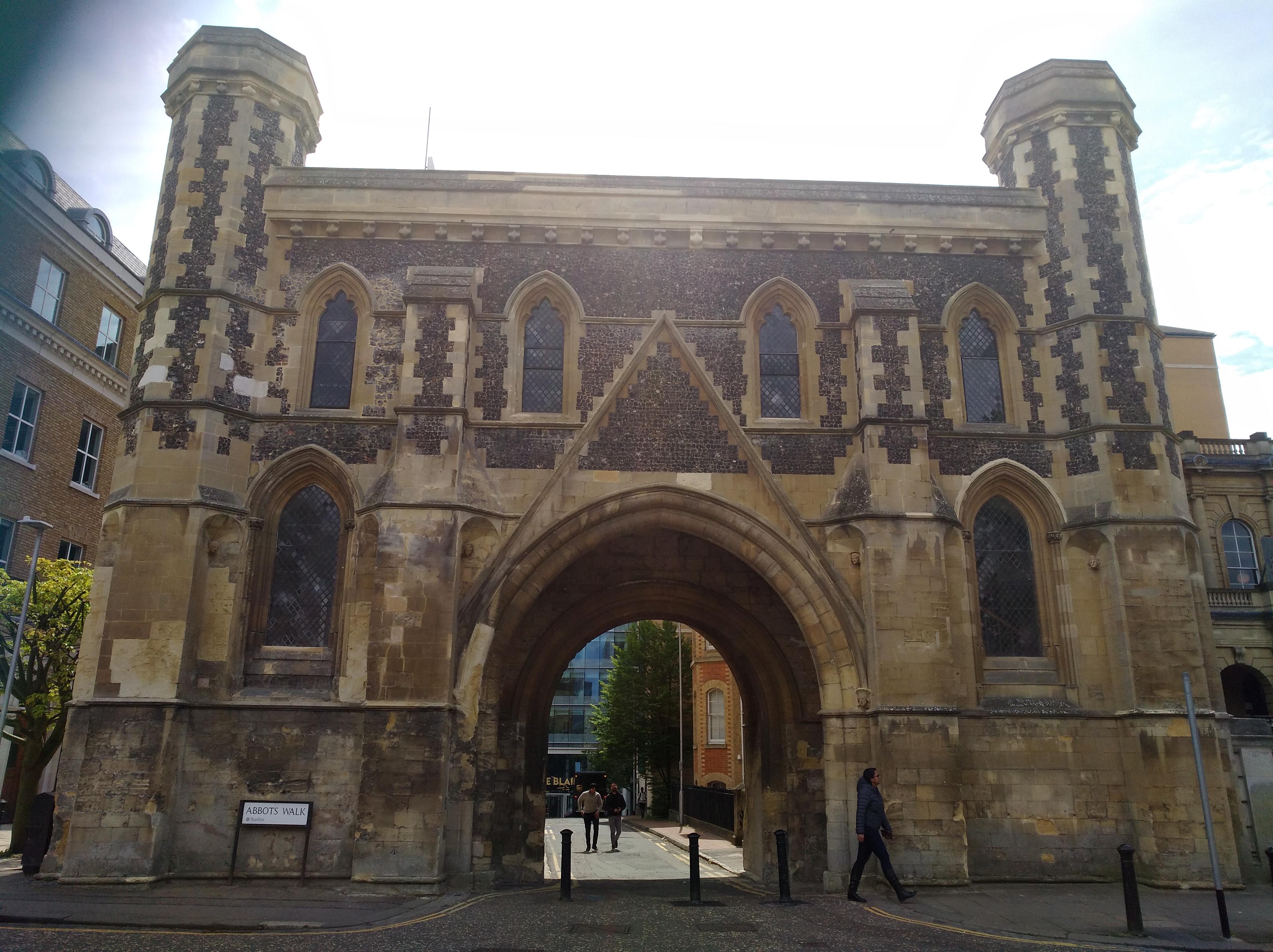If you’re a regular reader you’ll know I’ve visited a lot of places in the UK, and occasionally abroad, with links to famous writers. But I’ve also got some literary connections much closer to home that I thought I’d share with you.
Reading is a local town for me, and although it might not be as pretty as Chichester or Bath, it does have it’s fair share of history including the literary kind. It’s most notable connection to a writer is, unfortunately, a sad one. From 1895 – 1897, author and playwright, Oscar Wilde was imprisoned in Reading jail after being found guilty of sodomy.
- hdr
- hdr
- hdr
The imposing Victorian jail still stands although it was closed in 2013. It’s red brick walls and gothic windows make for a dominating structure, even surrounded by skyscrapers from subsequent years of urbanisation. It’s not currently not open to the public, but I imagine it’s interior is similar that at Dana Prison. A few years ago it was opened briefly for an installation called “Artangel”. Part of it involved actors reading “De Profundis”, the letter Wilde wrote to his lover Lord Alfred Douglas whilst he was imprisoned. After Oscar left jail and moved to France, he was also inspired to write “The Ballad of Reading Gaol”, thus securing this building, and the town’s, place in literary infamy.
- hdr
Sandwiched between the vast prison walls and the canal is the Oscar WIlde walk, created in 2000. The art-deco style fences feature quotes from “The Ballad”, and one gate features a silhouette of the man himself.
- hdr
- dav
- dav
It’s a somewhat low-key tribute to Wilde’s flamboyant character. But there’s hope that the prison can be turned into an arts centre which would definitely be a fitting, long-term use for the place.

Now onto something a bit cheerier. This rather lovely gatehouse for the former Reading abbey was once also the educational establishment that taught another fine writer, Jane Austen.
- hdr
- dav
Girls in the eighteenth century didn’t usually have much formal education, but Jane and her sister Cassandra attended two schools as children. The Reading Abbey Girls School was the second of these, which they went to from 1785-86 when Jane was ten. These were not schools like boys would attend, and their limited curriculum probably included some French, needlework, dancing and music.
Jane and her sister didn’t stay long, and when they returned home they ended their formal education. The building was substantially rebuilt in 1861, and is used by local schools for.hand-on learning.
So that’s my whistlestop tour of the literary history of Reading. What do you know about famous writers from your neck of the woods? Let me know in the comments!













6 Pingbacks